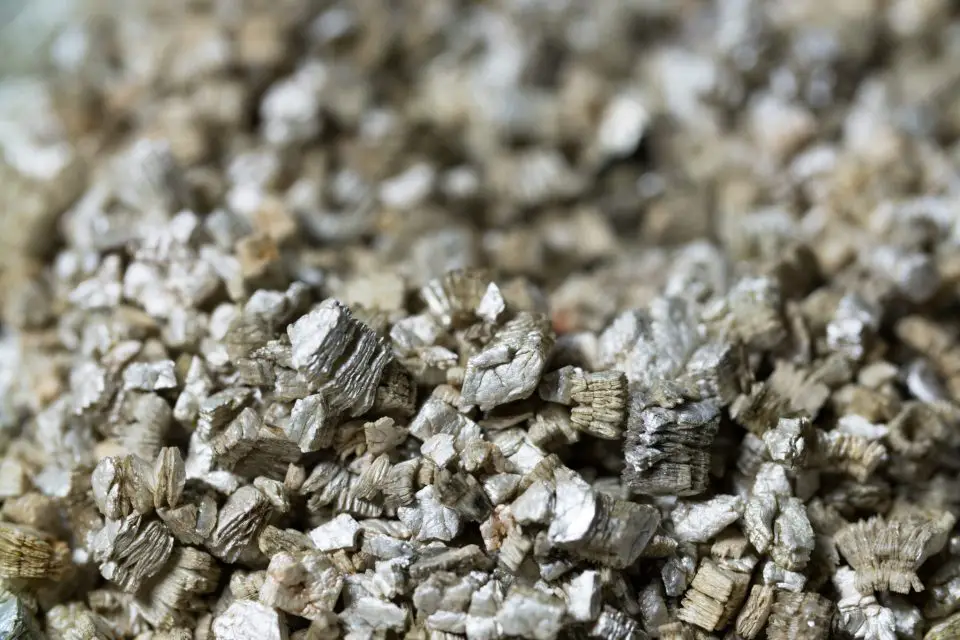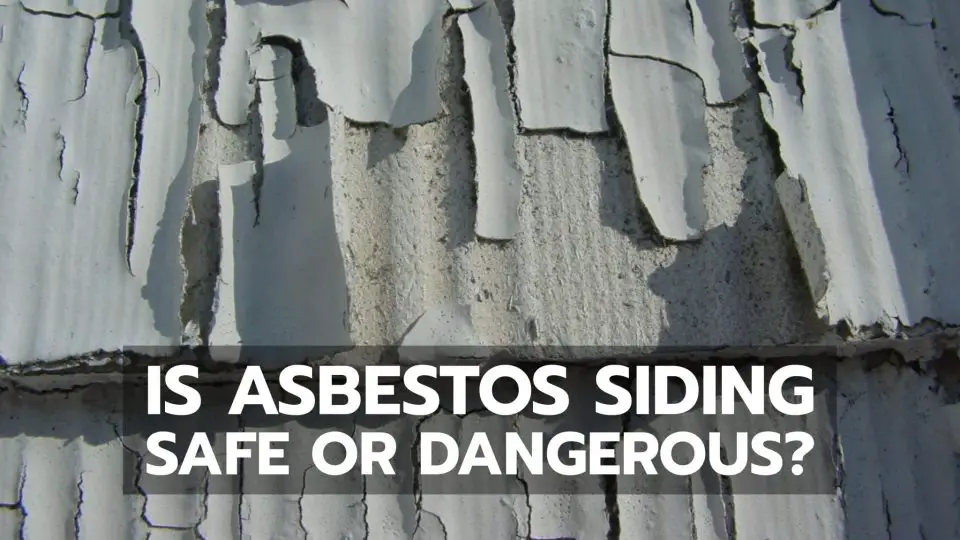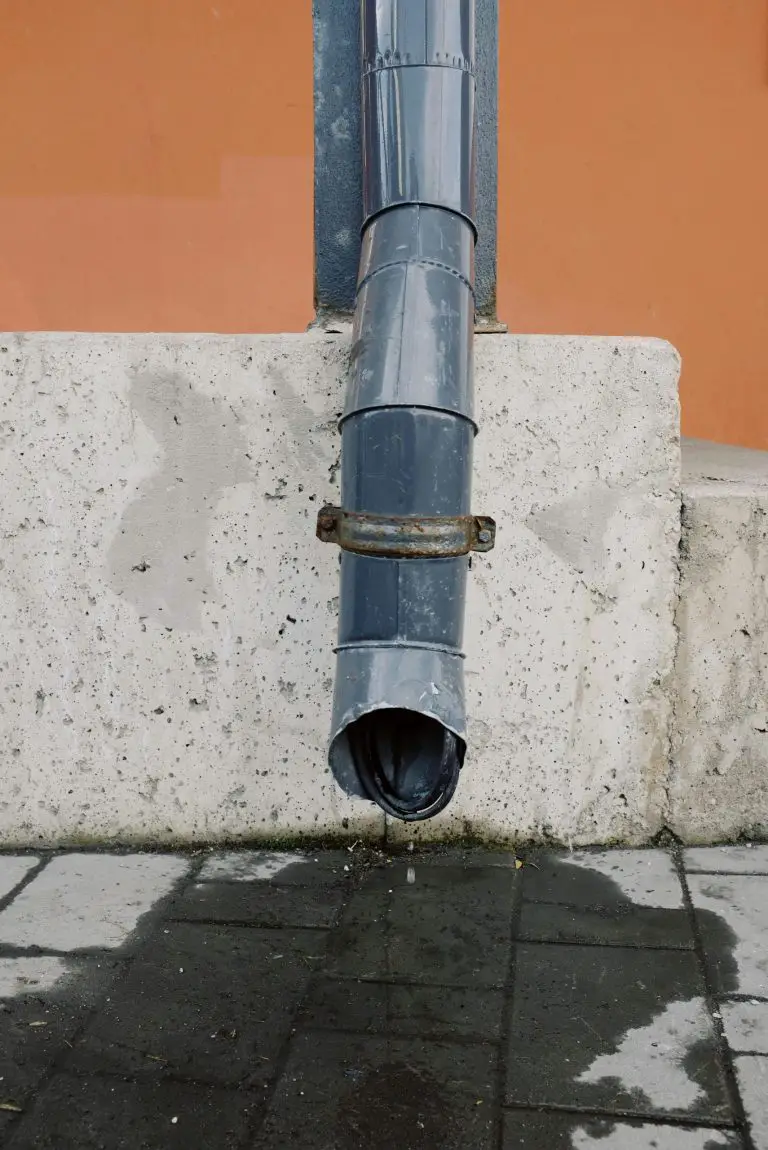
A few years ago I got a question from a woman who moved into an older home, and discovered after the fact that the attic is insulated with vermiculite. “Rumour has it that this material can contain asbestos. Is this true?” she asked me. “Does vermiculite insulation pose a health risk?”
Vermiculite and Its Risks
Vermiculite is a naturally-occurring mineral that sometimes contains trace amounts of asbestos and silica. It all depends on the mine it came from. According to the UK-based Vermiculite Association, “asbestos fibers are a potential risk to health, and in the past there has been some vermiculites contaminated with trace amounts of asbestiform material.”
That said, if vermiculite remains undisturbed in the attic, experts say it’s considered safe to leave it there undisturbed. Risk does become an issue, however, during renovations or any activity that could disturb the vermiculite. Professional sampling and testing of house dust is one way to know whether or not the vermiculite is staying put, and whether or not some dangerous vermiculite is dangerous.
Airborne asbestos is dangerous because certain forms of it are quite effective and triggering a deadly form of lung cancer. In addition to the potential for asbestos to be present in vermiculite, a number of people regularly ask me about asbestos siding. This is the hard, wavy-surfaced siding that was especially popular in the 1950s and 60s. This stuff is very long lasting. But is it safe, dangerous or somewhere in between?
Click below to learn how to safely deal with asbestos siding. All that long-lasting, Johns-Manville asbestos siding that began to go up on buildings about 100 years ago is still around today and working fine. It’s durable stuff, but is it safe?













